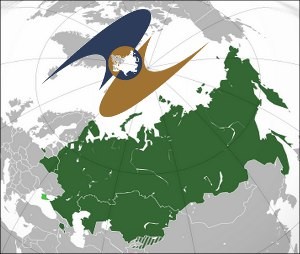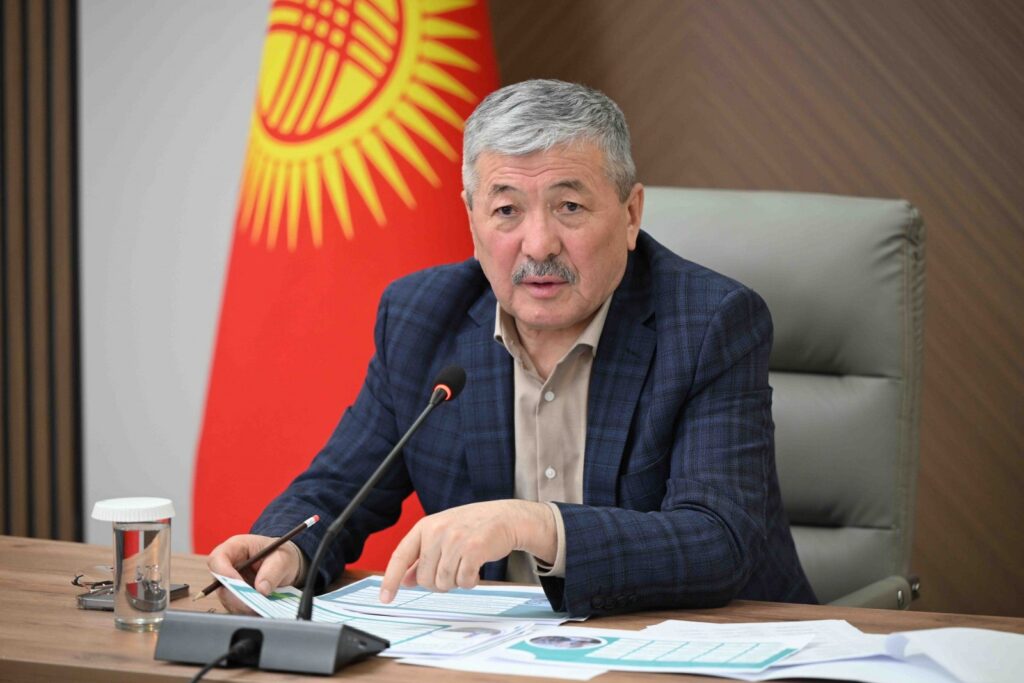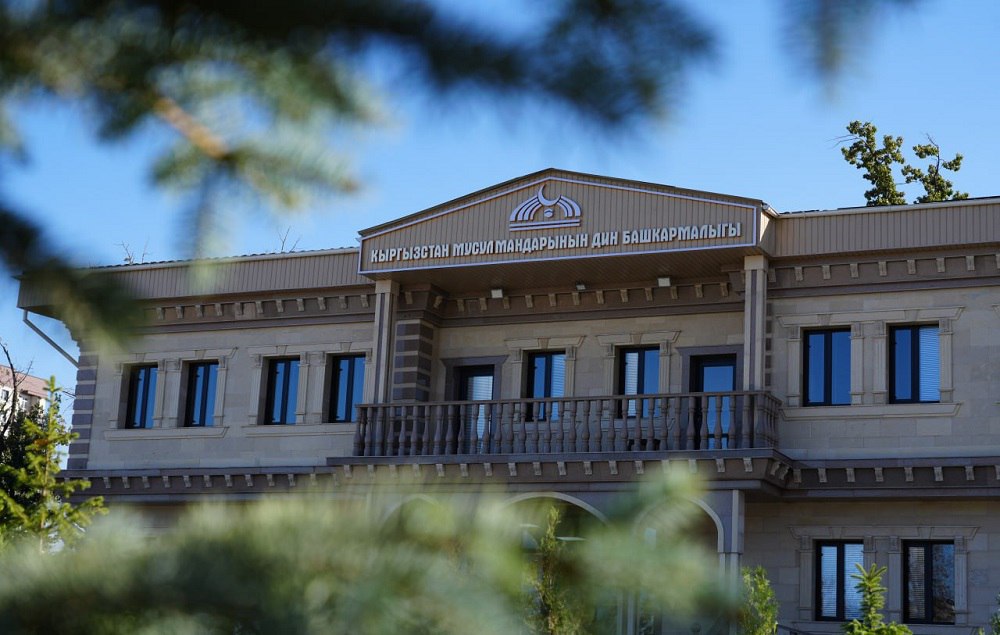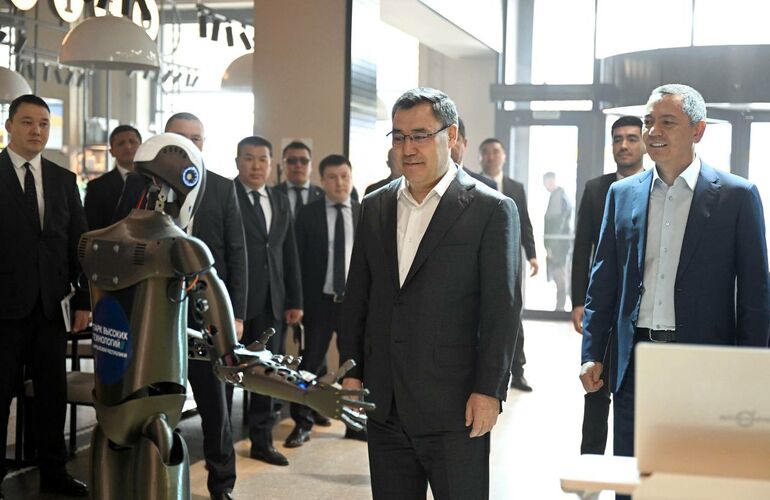BISHKEK (TCA) — Kyrgyzstan can now test lighting devices for quality and energy efficiency in accordance with the Eurasian Economic Union (EEU) requirements.
The ceremony of laboratory equipment transfer took place on September 19, as the Bishkek Center for Testing, Certification and Metrology under the Center for Standardization and Metrology of the Ministry of Economy of the Kyrgyz Republic received support in renovation of a room for a photometric laboratory for US $9,500 and received modern photometric laboratory equipment for $119,912, with the support of the UNDP implemented, Trust Fund “Russian Federation – United Nations Development Program for Development” financed project.
The lab will further allow the country to be able to protect the Kyrgyz market from low energy efficient and counterfeit lighting products. The photometric equipment will help producers and government to measure brightness and quality standards of LED lighting.
In August of this year, the Eurasian Economic Union (EEU) technical regulation “On the requirements for energy efficiency of energy-consuming devices” was adopted, which establishes requirements for energy efficiency of electrical products, as well as requirements for labeling energy-consuming devices and energy efficiency classes, and applies to refrigerators, TVs, computers, washing and dishwashing machines, air conditioners, room fans, water pumps, lighting and other electrical appliances. The technical regulation was developed by the Eurasian Economic Commission (EEC) in conjunction with the EEU member countries — Armenia, Belarus, Kazakhstan, Kyrgyzstan, and Russia — to ensure the energy efficiency of these devices and thereby save energy. In addition, the EEU technical regulation will help prevent the actions of unscrupulous entrepreneurs who sometimes mislead consumers about the energy efficiency of such devices and will protect the health of the population and will directly contribute to the development of local manufacturers of high-quality lighting products, protect the interests of investors who will invest in the production of high-quality lighting products. The technical regulation comes into force on September 1, 2021.
“The adoption of the EEU technical regulation ‘On the requirements for the energy efficiency of energy-consuming devices’ and the functioning of such a photometric laboratory in the EEU countries will ensure unimpeded movement of lighting products on the Union’s market, will significantly reduce costs, primarily for manufacturers and suppliers of goods, as well as reduce the amount of low-quality products and equipment with high energy consumption. A new laboratory in the Kyrgyz Republic will also help our energy system to free up certain volumes of capacity to meet the needs of new enterprises and protect the health of the population and children,” Aidin Sharsheev, the Deputy Minister of Economy of the Kyrgyz Republic, said at the ceremony.
“Kyrgyzstan has opted to increase energy efficiency by introducing energy-efficient and high-quality and health-friendly lighting solutions in the public sector, with a focus on education. With 2,200 secondary schools across the country, there is a huge potential for saving energy by retrofitting lighting systems to high-quality energy-efficient ones. With the transition to energy-efficient LED lighting, there is a very close connection between energy efficiency, health, and educational performance. With better quality and lighting in classrooms, students will enjoy a healthier study environment and can attain better educational achievement,” said Louise Chamberlain, UNDP Resident Representative in Kyrgyzstan.








